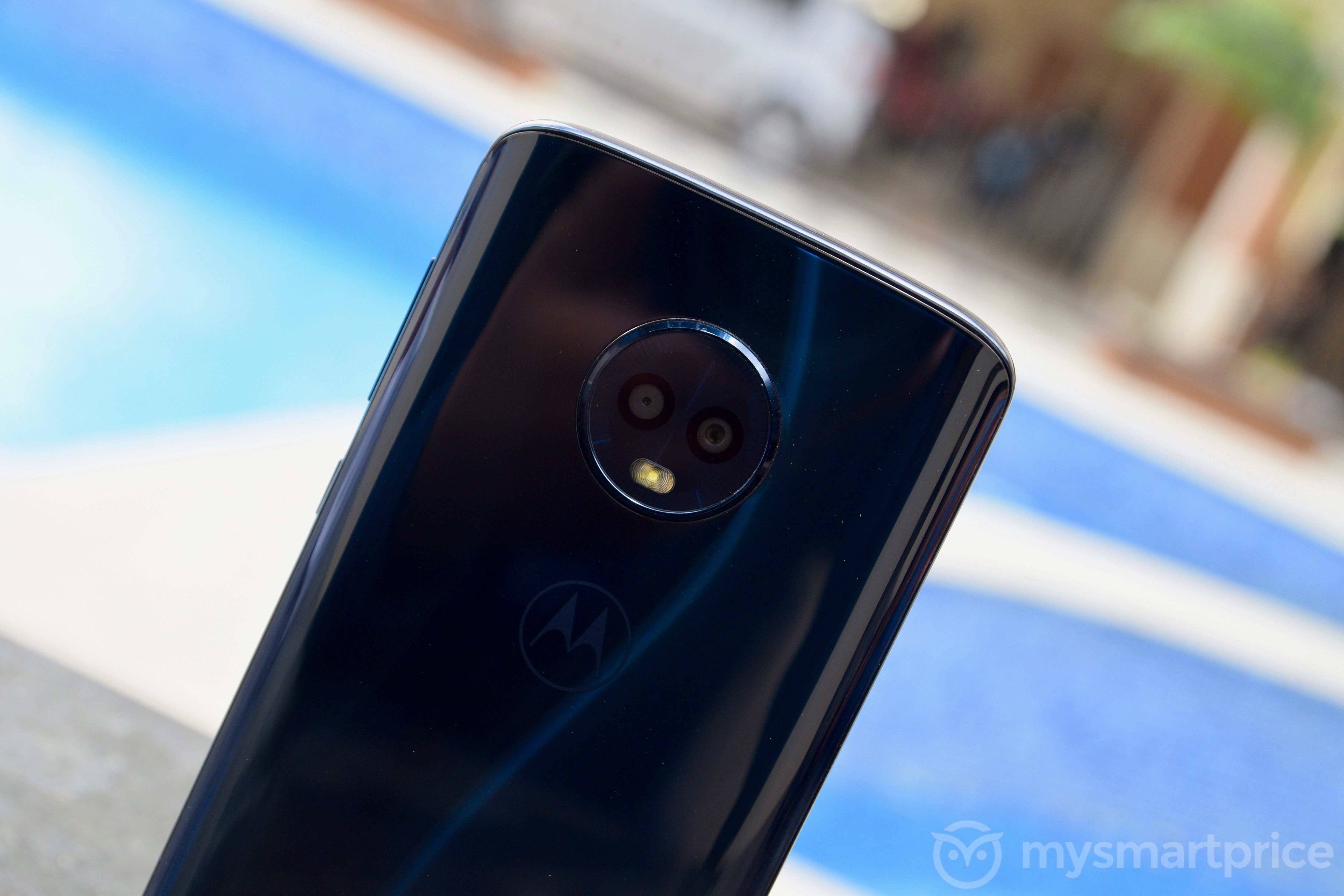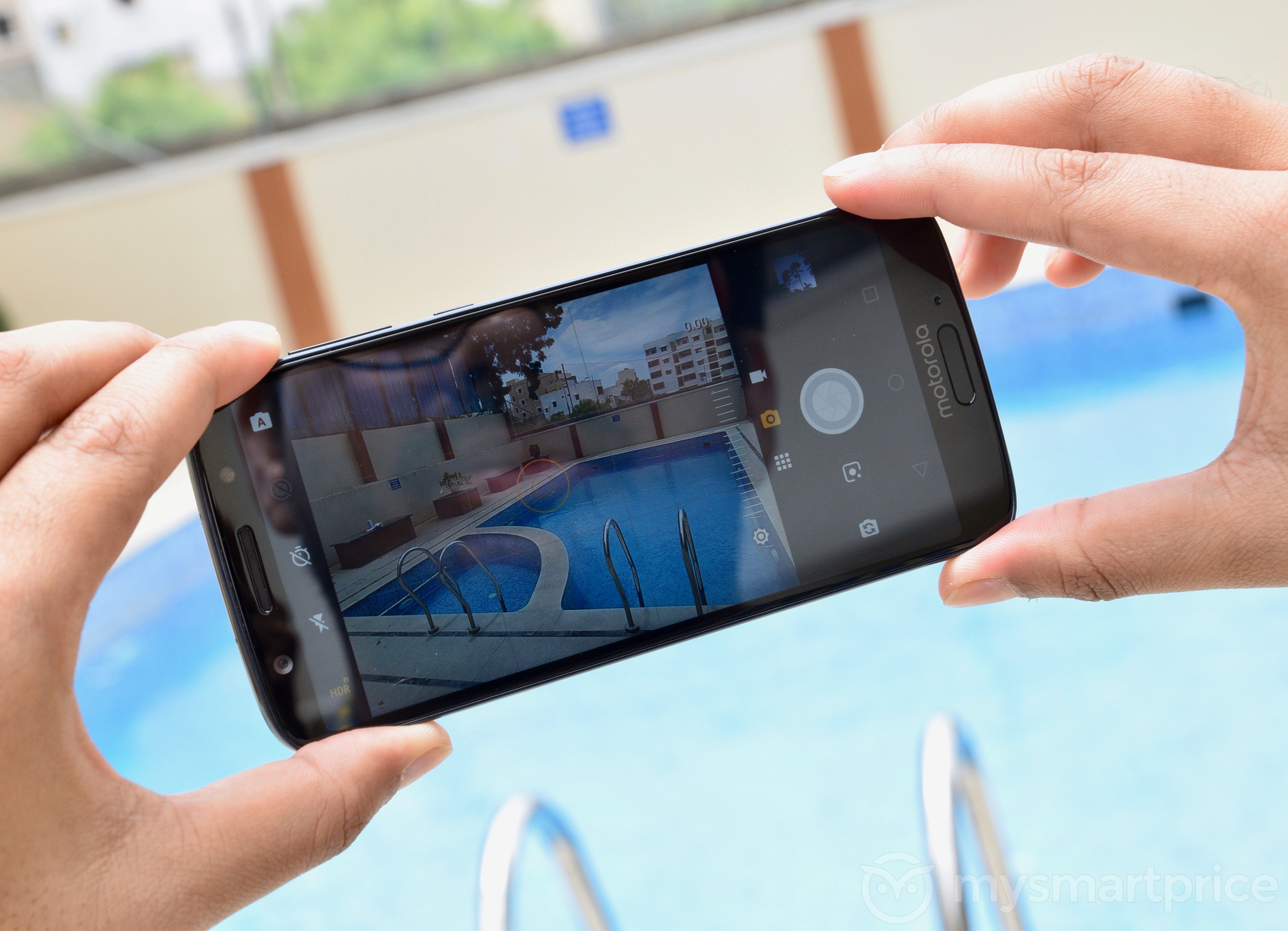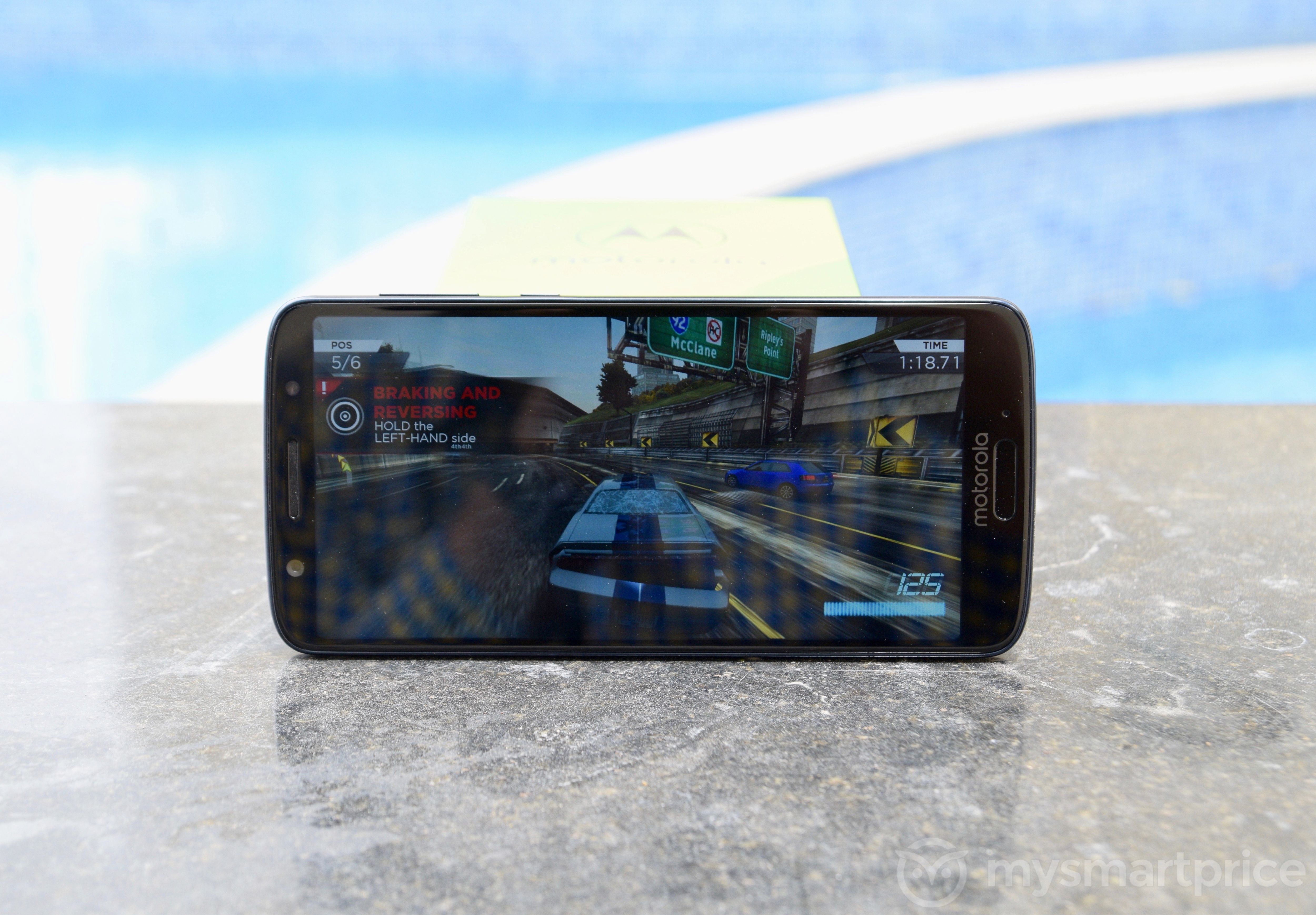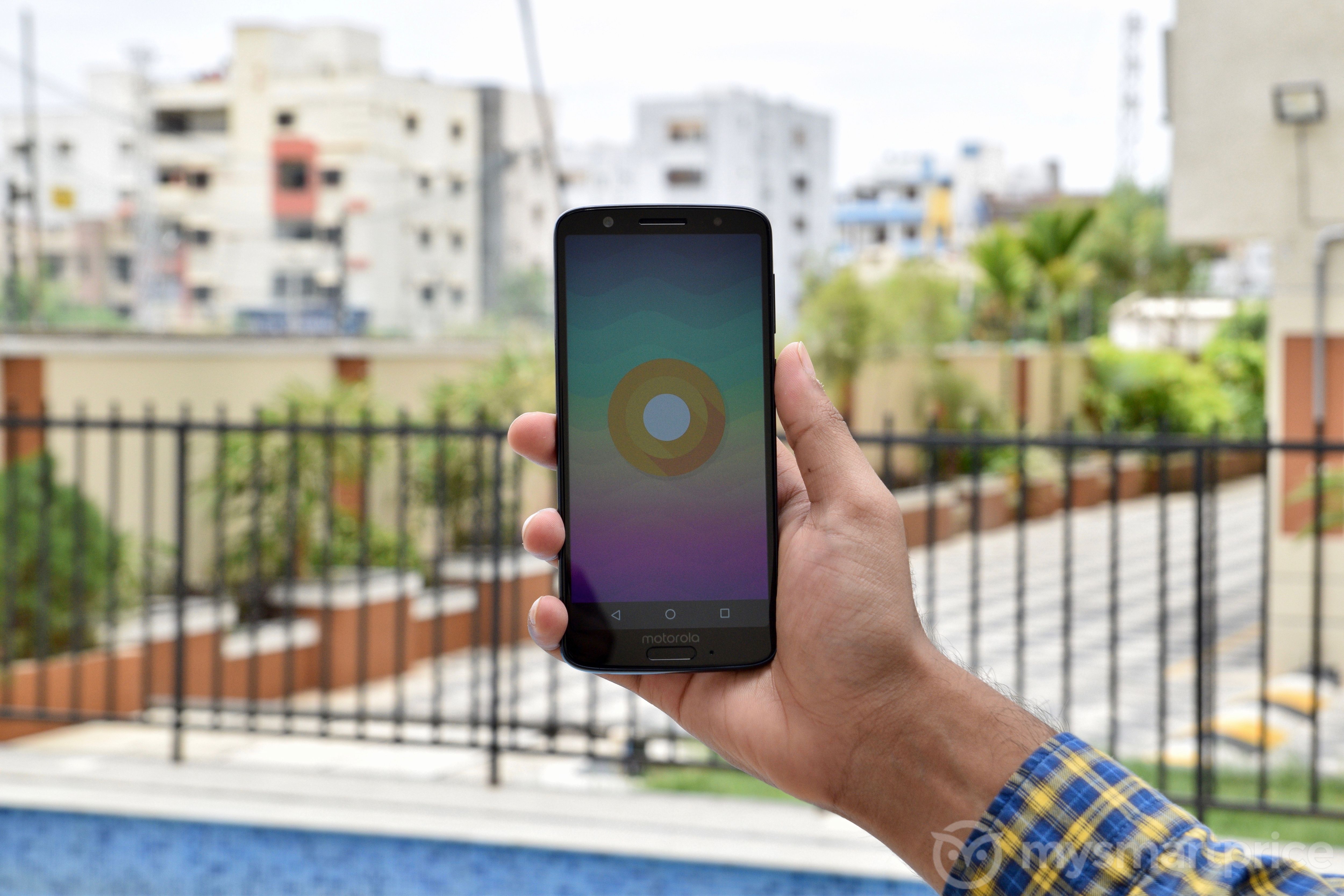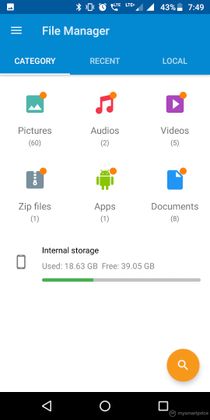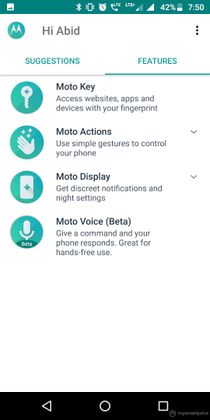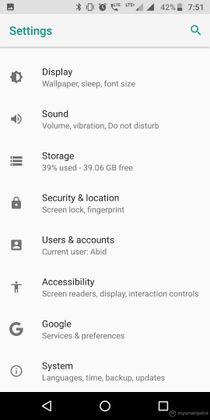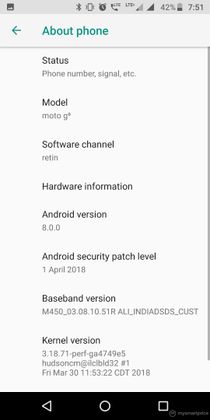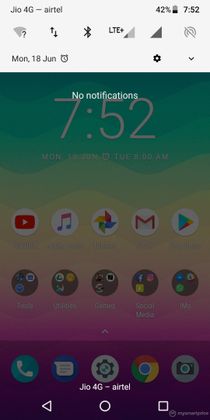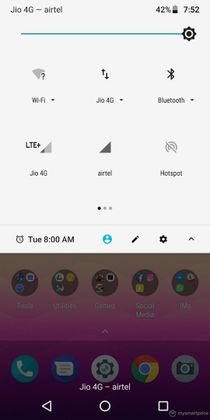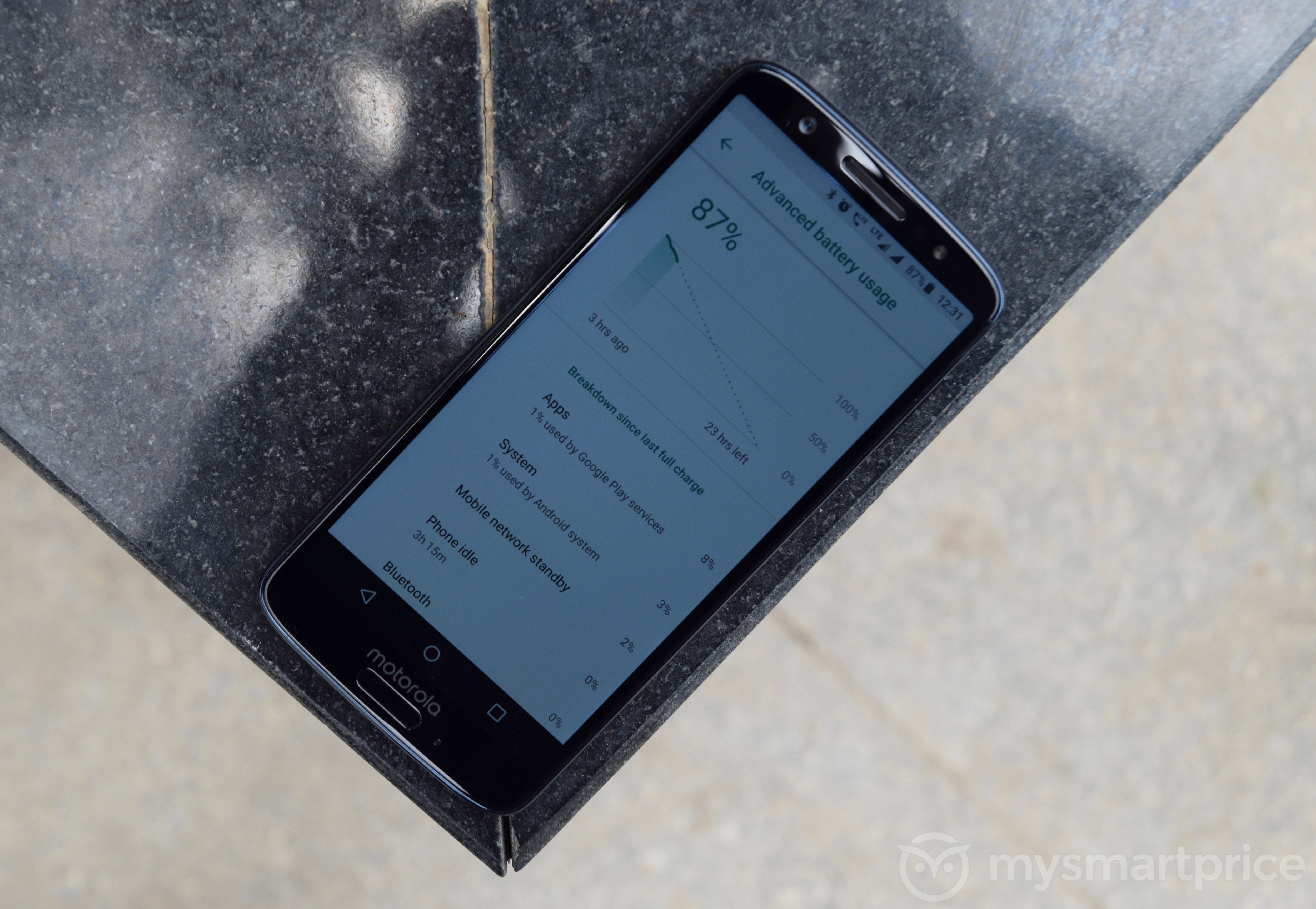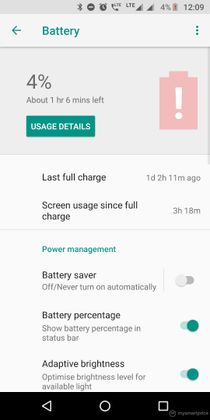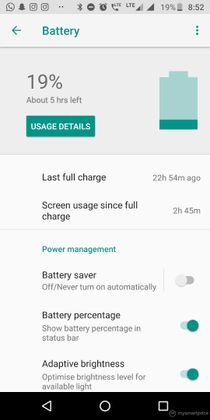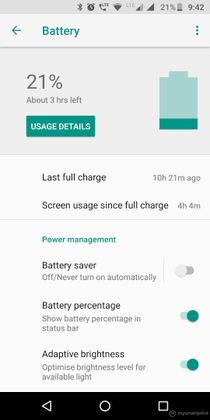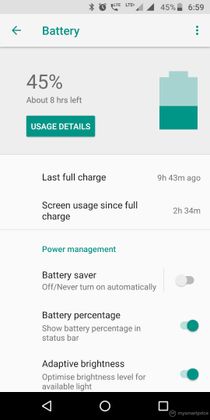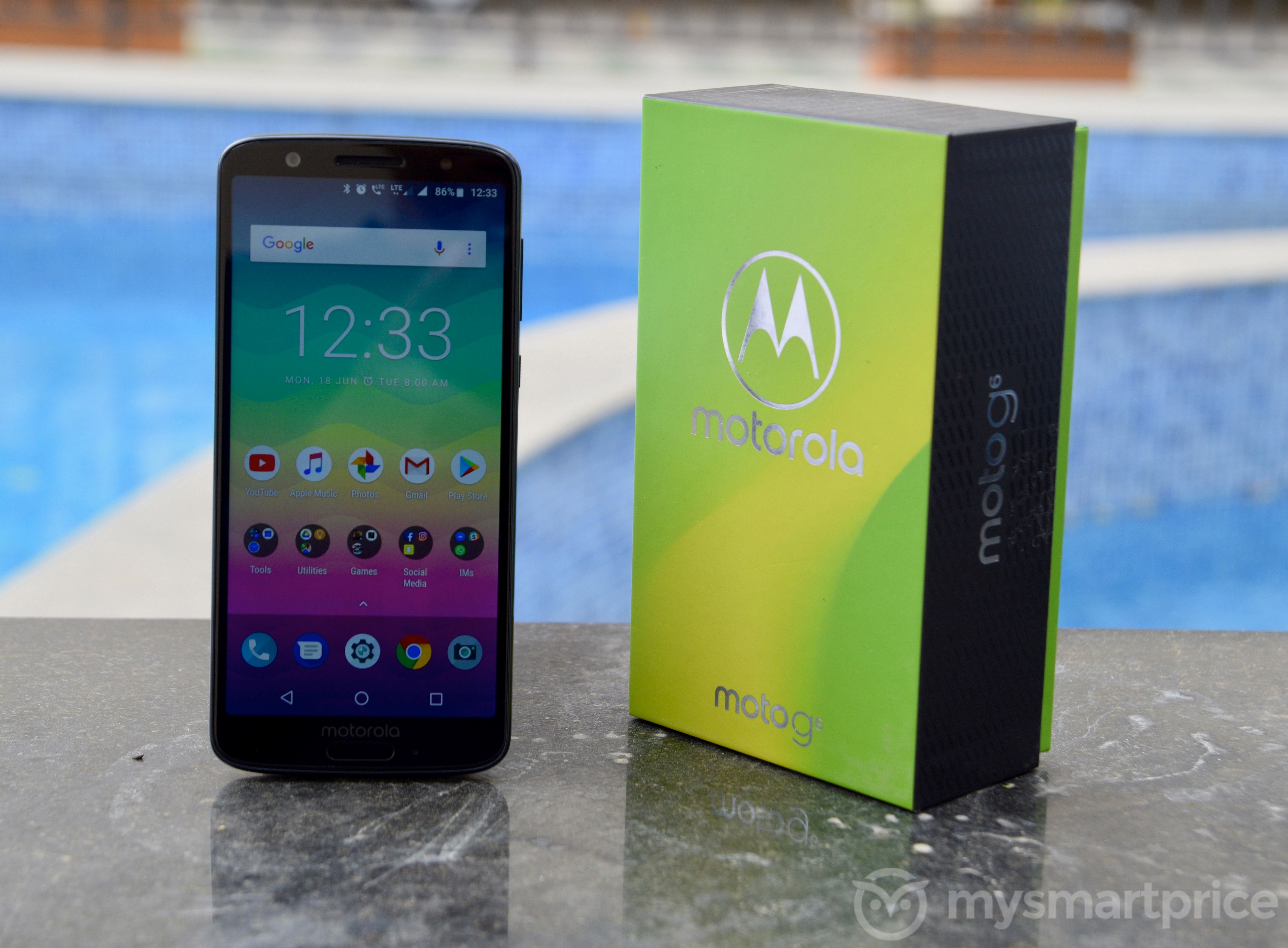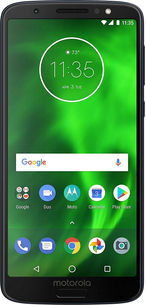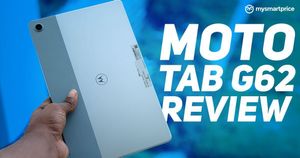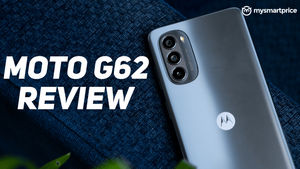
Motorola exited the Indian mobile phone market in late 2012 as a part of its global restructuring policy. Later, Google acquired the company for $12.5 billion, and Motorola re-entered the Indian market in 2014 with an ultra-successful launch of the Moto G. Most entry-level smartphones in that period lacked crucial features such as front-facing camera and necessary sensors, and Motorola showed the world how to make a well-rounded entry-level smartphone without skimping on essential features and performance.
The Moto G was also one of the first Android smartphones which emphasised on a bloatware-free and well-optimised operating system. The device also ran the latest version of Android OS at that time. Furthermore, Motorola promised and delivered timely Android OS updates to the Moto G, which was unusual for affordable smartphones. Following the footsteps of the Moto G, other smartphone makers were forced to offer better affordable smartphones.
The next two generation of Moto G phones were even better. However, starting with the fourth generation, the Moto G series started losing its sheen. Much was changed with Motorola, which was acquired by Lenovo, and its phones. One of the main reason behind a dent in the image of Moto G smartphone series was the launch of Xiaomi’s Redmi and Redmi Note smartphones, which offered more features and better hardware for the same price.
Motorola has now launched the sixth generation of Moto G series. The Moto G6 variant which is priced at Rs. 13,999 comes packed with 3GB RAM and 32GB storage variant. There’s a higher-end variant with 4GB RAM and 64GB storage, and it carries a price tag of Rs. 15,999. For the same price, the Xiaomi Redmi Note 5 Pro offers better hardware. The Moto G6 is not too far off, though. It has a bezel-less screen design, a dual-camera setup, fast charging support, and a premium build, just like its competitors. Are these features enough for Motorola to defeat the market leader Redmi Note 5 Pro (Review) and win a game Motorola started a few years ago? Let us have a detailed look at how the Moto G6 performed during our review.
Motorola Moto G6 Review: Build Quality
The Motorola Moto G6 has an all-new design, a shift from the metal-back design which featured for a couple of generations, to trendy glass-and-metal one. The glass back and the metal frame share the same colour and finish, giving the device a seamless, premium look. The circular dual-camera housing, which resembles the face of a surprised minion from the Descipable Me movie series, further adds to the distinctive looks of the Moto G6. The device has excellent build quality, and it feels sturdy.
The ultra-tall display of the Moto G6 has 18:9 aspect ratio, which is usually regarded as “bezel-less display” these days. However, in this case, the bezels are too thick. There’s a huge chin at the bottom, mainly due to the front-mounted fingerprint scanner. In my opinion, I wouldn’t call the Moto G6 a bezel-less smartphone. Compared to the Moto G6, the Redmi Note 5 Pro and the Honor 9 Lite (Review) have thinner bezels. While thinner than previous generation Moto G phones, Motorola needs to work on cutting down bezels if it wants to call its phones bezel-less.
Motorola Moto G6 Review: Display
The Moto G6 features a 5.7-inch IPS LCD with Full HD+ resolution. Just like its predecessor, Gorilla Glass 3 protects the display. Thick bezels take away the wow-factor, though. While the screen shows a slight shift in colours when viewed from extreme vertical angles, viewing angles are right for the price. The contrast ratio of the display good, too. The Full HD+ resolution for a 5.7-inch screen is more than enough to make content look sharp and clear.
The Moto G6’s screen has one major drawback. Its surface is very reflective, and the screen is not bright enough, even for the phone’s price, resulting in poor visibility outdoors. In some cases, the visibility was so poor that I had to cover the display with my palms and peek through them to see what was being displayed on the screen. Motorola should have used a brighter screen for better outdoor visibility.
Motorola Moto G6 Review: Camera
The Moto G6 is the company’s second-generation dual-camera mid-range smartphone. It uses a 12MP+5MP dual-camera setup at the rear. Among the two cameras, only the 12MP sensor can capture images, while the 5MP sensor is used purely to measure depth. Unlike dual-pixel autofocus in the Moto G6 Plus, the Moto G6 uses a more affordable phase-detection autofocus mechanism. There is also an LED flash to aid in low-light conditions.
Daylight images turn out quite decent. They have a fair amount of resolved details, acceptable noise levels, and vivid colours. The camera also supports auto HDR, which improves the dynamic range of images most of the times. However, the camera gets confused while capturing macro photos, where it rarely turns on the HDR mode. Hence, the pictures of subjects turn out hazy and over-saturated.
In low-light conditions, the Moto G6’s camera manages to capture bright images by keeping the shutter speed slow and higher ISO. However, due to the lack of optical image stabilisation (OIS), images in such conditions turn out shaky. While trying to keep the pictures bright, the camera also captures a hefty amount of noise, and you can notice it even when you are not pixel peeping. The amount of resolved details is lower, but acceptable in this price segment.

The portrait mode (which captures images with DSLR-like background blur effect) has an adjustable slider for variable background blur. By default, the background blur level is 50%, and I found it to be the best setting for the portrait mode. Portrait images show an excellent separation between the subject and the background, and pictures are detailed, and colours are vivid. However, sometimes you might have to play around and adjust the distance between the subject and the camera a few times to get the portrait mode working.
The rear-facing camera lacks 4K video recording feature, and it’s quite disappointing considering the price of the phone. However, the camera at least has Full HD video recording at 60 frames per second. The videos are detailed and have vibrant colours. The focusing is also reasonably fast while recording videos. The Moto G6’s camera also offers a few additional modes such as cutout, spot colour, face filter, and text scanner. I’ve included a few samples of images captured using these modes.
An LED flash aids the Moto G6’s 16MP camera. Even though the native resolution of the selfie camera is 16 megapixels, the image resolution is set to 4 megapixels by default, and according to the camera menu, only the 4MP images support the adaptive lowlight feature (some sort of pixel binning). Hence, we captured all front-facing camera samples in the 4MP mode.
The daylight selfies turn out very good. The images are very bright and vivid. The noise levels are kept very low, and the dynamic range is also pretty good. Thanks to a well-thought focal length, the camera manages to capture enough details of both the face and the background. In low-light conditions, however, the images aren’t that pretty.
The camera very frequently turns on the LED flash even when it’s not required, resulting in a warm colour tone. Some people might not have any issue with the warm colour tone, but I am not a fan of one. Nonetheless, the LED flash helps the camera to capture enough details and decently accurate colours in low light. As for the images taken without the LED flash, they have a considerable amount of noise.
Motorola Moto G6 Review: Performance
The Motorola Moto G6 comes equipped with the Qualcomm Snapdragon 450 processor. It has eight CPU cores, but slightly less potent than the similarly configured Qualcomm Snapdragon 625. Similar to all other G series devices from Motorola, the Moto G6 also comes with stock Android UI. It runs the latest, Android 8.0 Oreo operating system. Motorola has launched the Moto G6 in two variants, one with 3GB of RAM and 32GB of storage, and the other with 4GB of RAM and 64GB of storage. The one we reviewed is the base variant.
The Moto G6 was fast and smooth for most of the part, thanks to its decently powerful processor and well-optimised software. The device does not lag or stutter while browsing the web, scrolling through apps, or multitasking. The gaming experience is satisfactory, too. The Moto G6, however, is still not as fast as the Xiaomi Redmi Note 5 Pro, because the latter uses a more powerful Snapdragon 636 chipset that was announced recently. That being said, you’ll not be disappointed by the Moto G6’s performance.
The Moto G6 has a front-facing fingerprint scanner, which is slower compared to rear-facing fingerprint scanners found in the other smartphones; it usually takes more than a second for the scanner to unlock the screen. The placement of the fingerprint scanner also creates a few issues. For example, while you are authenticating payments, the finger sometimes accidentally touches the home button on the screen, throwing a user back to the home screen.
Moving to the connectivity features, the Moto G6 is a dual-SIM device with 4G and VoLTE support. However, it does not support 4G connectivity on both the SIM cards simultaneously. The call quality and the network reception of the Moto G6 was excellent. The smartphone comes with dual-band Wi-Fi (2.4GHz and 5GHz), supporting breakneck data transfer speeds. The Moto G6 also has a USB Type-C port, which is missing in most other smartphones of the price segment. Other connectivity features include Bluetooth v4.2, GPS, and a 3.5mm audio jack.
Coming to the Moto G6’s audio quality, its earpiece doubles up as its loudspeaker. The speaker is very loud and crisp; it also packs a decent amount of bass. As for the audio quality from the headphone jack, it is reasonably balanced between bass, mids and treble. However, the volume from the headphone jack is on the lower side, which is quite disappointing for a smartphone of this price segment. We’re not asking for LG G6’s (Review) Quad-DAC quality, but the lower volume level is unacceptable.
Motorola Moto G6 Review: Software
As mentioned earlier, the Moto G6 runs Android 8.0 Oreo. Thanks to stock Android, the UI looks neat and feels very polished. Stock Android UI also means that it has a dedicated app drawer, which I prefer over having the all the icons dumped on the home screen. The smartphone is also free of any bloatware, and for me, that’s a huge plus point. However, that also means the Moto G6 lacks some additional features such as dual-apps, app locker, call-recorder among others.
In my opinion, at this price point, very few consumers would prefer additional features rather than having a stock Android UI. However, that doesn’t mean the Moto G6 is entirely devoid of features. It has a few tricks up its sleeve. The smartphone comes with the ambient display feature, which shows time, charging, and notification icons on the display when the phone is in sleep mode. Hence, you can be aware of notifications.
The device also comes loaded with the Moto app. The Moto app notifies of the unnecessary junk files and if some apps are consuming significant battery power. The device even has a handful of gestures that help in navigating the UI easily. In the lower mid-range price segment, the Moto G6 is the perfect device for stock Android UI lovers.
Motorola Moto G6 Review: Battery Life
Powering the Moto G6 is a rather small, 3000mAh battery, and it delivered average battery life. The device usually lasts around 18 to 20 hours with an average screen-on time of 4 hours. Once charged, the phone lasts a whole work day, but you’ll most probably have to plug in the charger before you go to bed.
The device comes with Motorola’s Turbo fast charging feature which is similar to Quick Charge 2.0, with the charging power capped at 15 watts. The battery takes just under two hours to get charged fully. Even though the battery life is average, the device makes up for it, thanks to fast charging.
Motorola Moto G6 Review: Verdict
From the hardware perspective, the Moto G6 might not seem very impressive. The device, however, delivers more than what its on-paper specifications suggest. The smartphone performs well and comes with excellent software. The camera is also pretty good, and the battery life is acceptable, if not satisfactory. However, for the same price, you can get the Xiaomi Redmi Note 5 Pro, which outperforms the Moto G6 in every aspect, but lacks if you want a phone with stock Android UI.
After using the device for more than two weeks, I think Motorola needs to up its game if it wants to excel in the budget smartphone segment, somewhere it used to rule a few years ago. It can still be a good choice for users who love the stock Android OS. However, users also have a choice of getting the ASUS Zenfone Max Pro M1 (Review), which runs stock Android UI, has a bezel-less design, a dual-camera setup, and a humungous, 5000mAh battery, which makes up for its bland looks. For now, the Moto G6 is not the best smartphone in its price segment.

